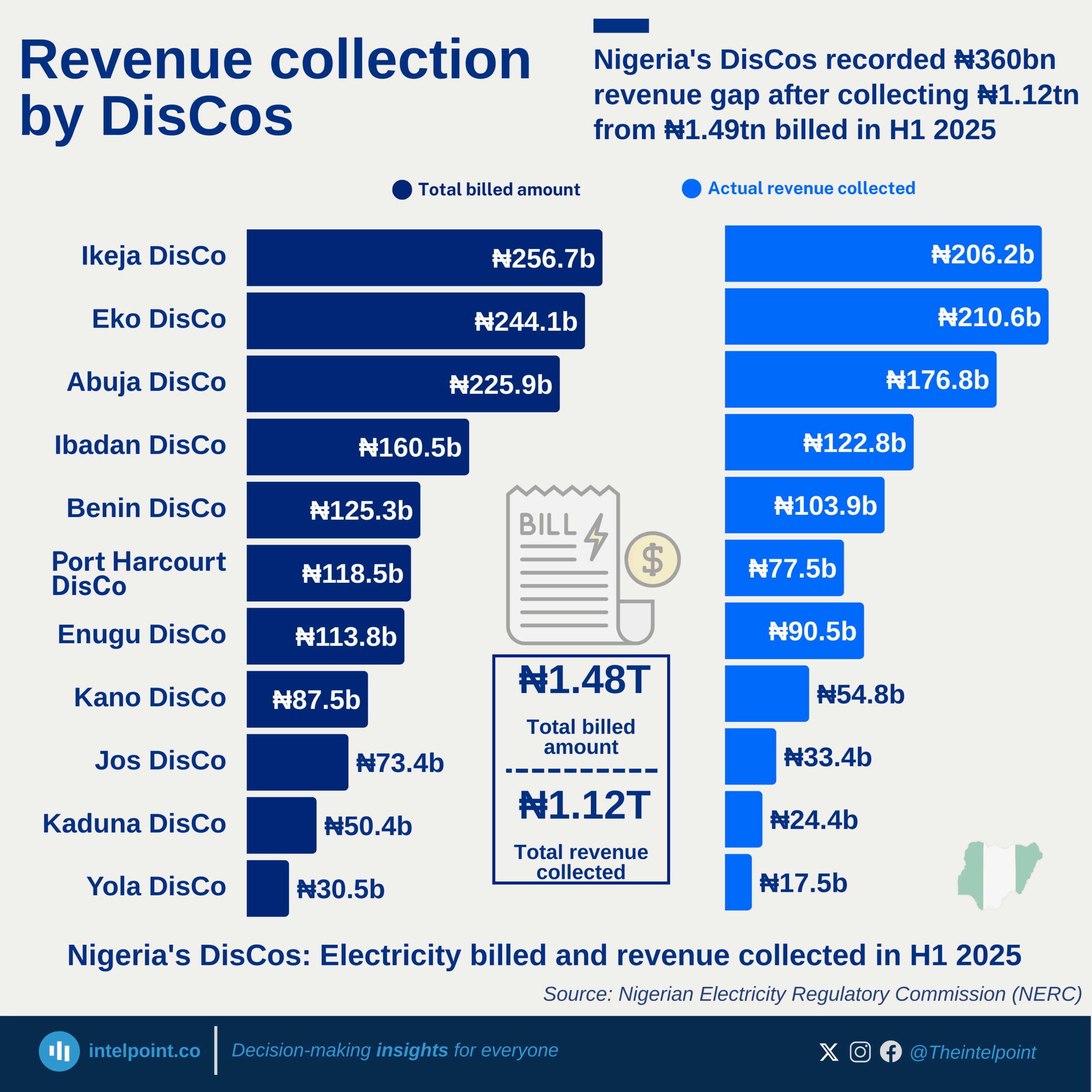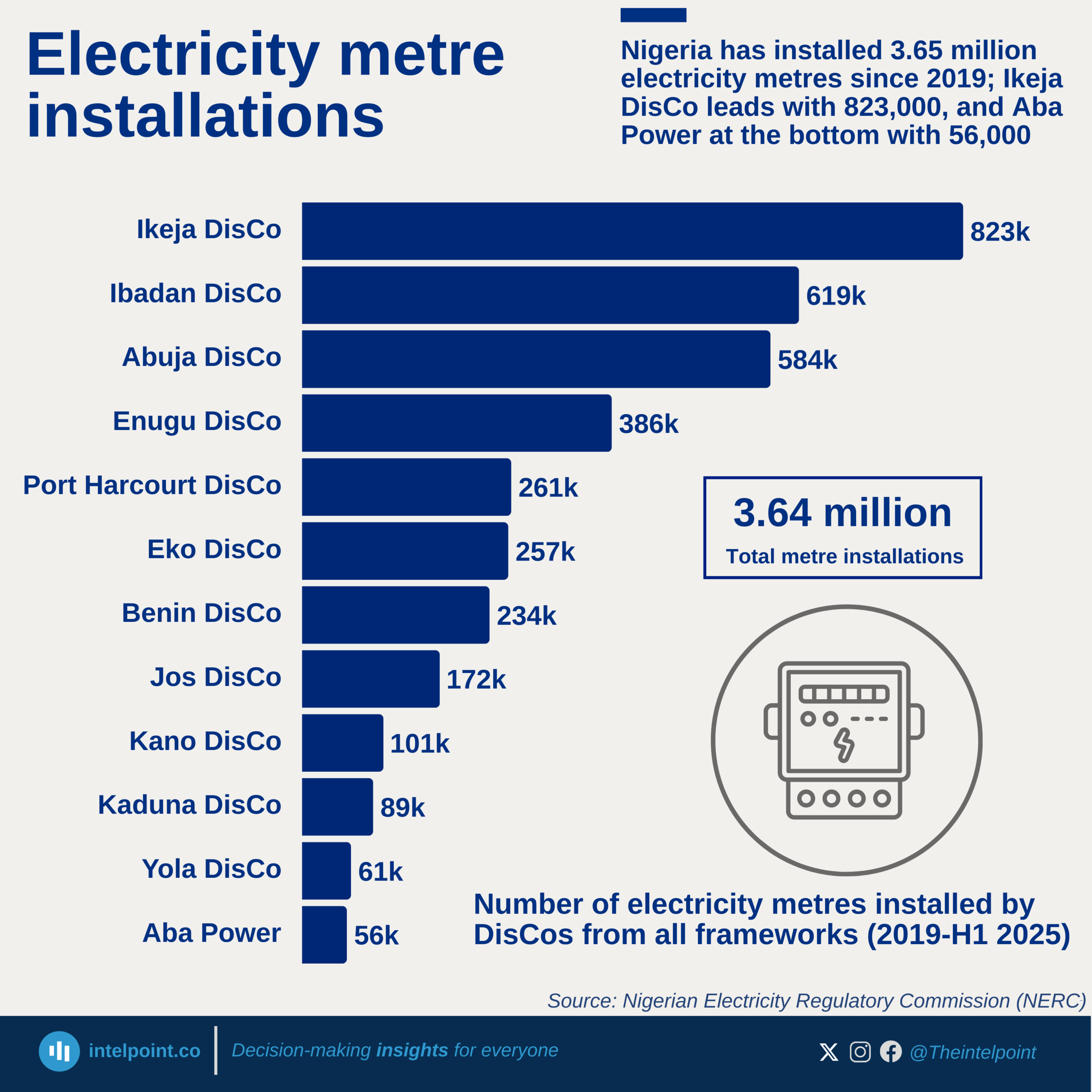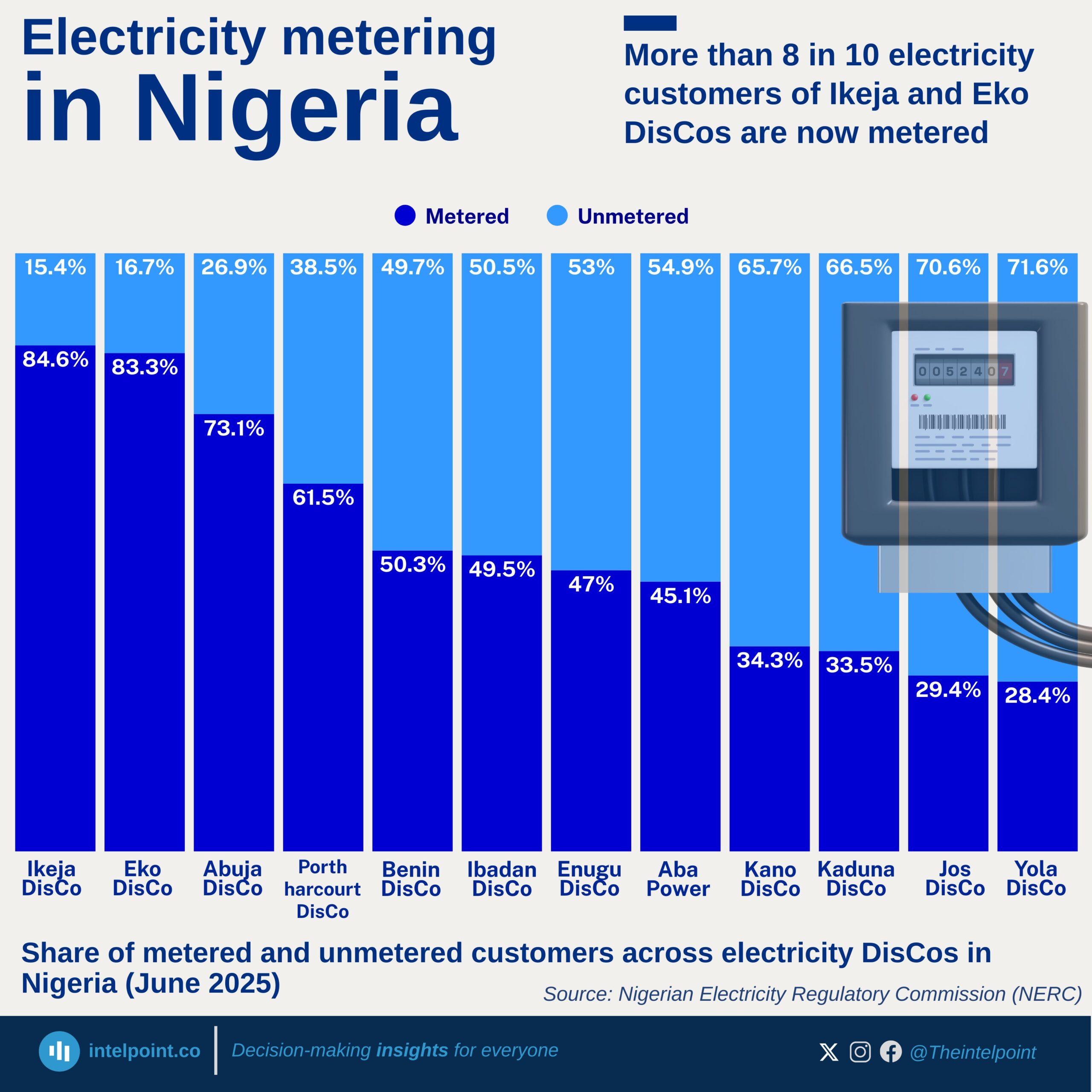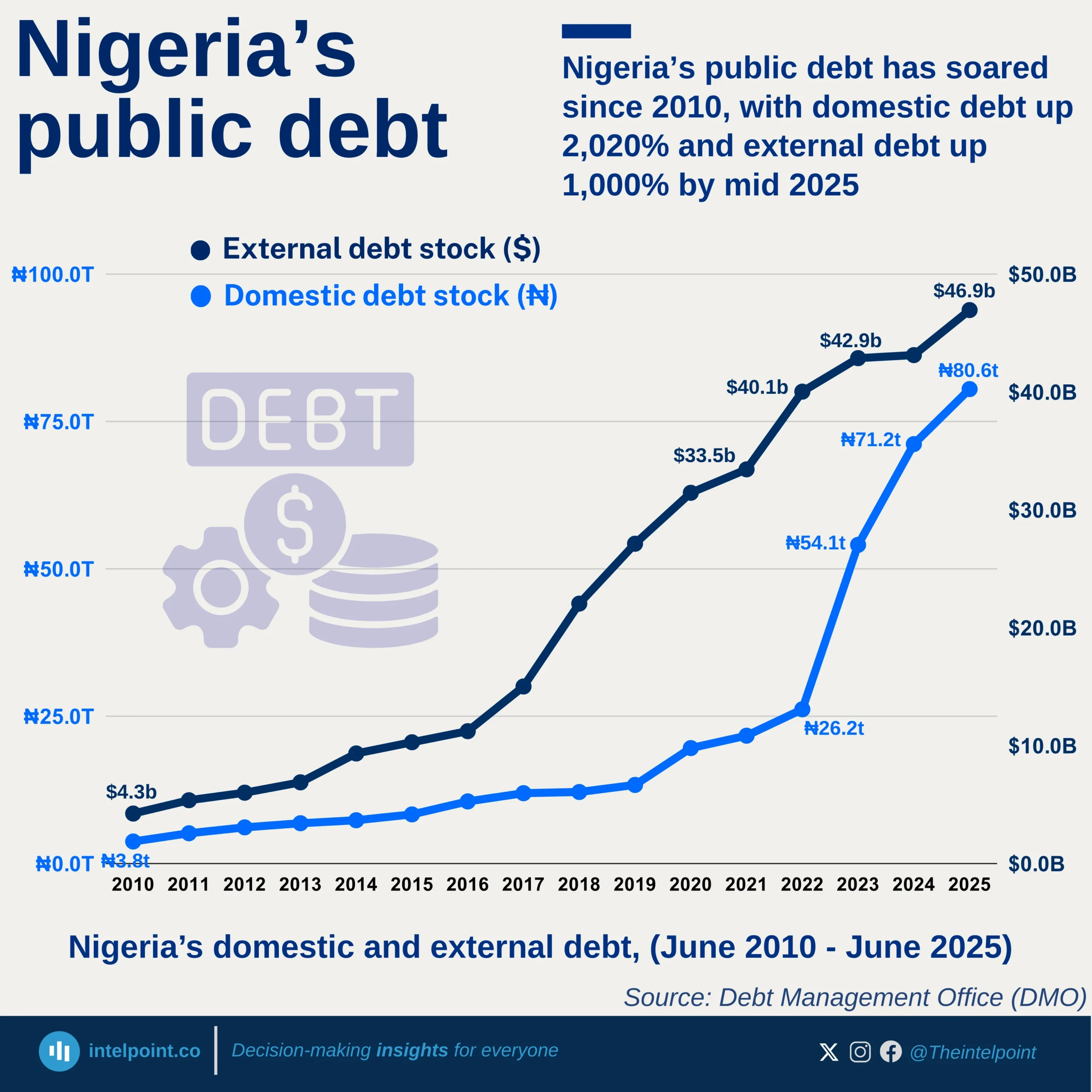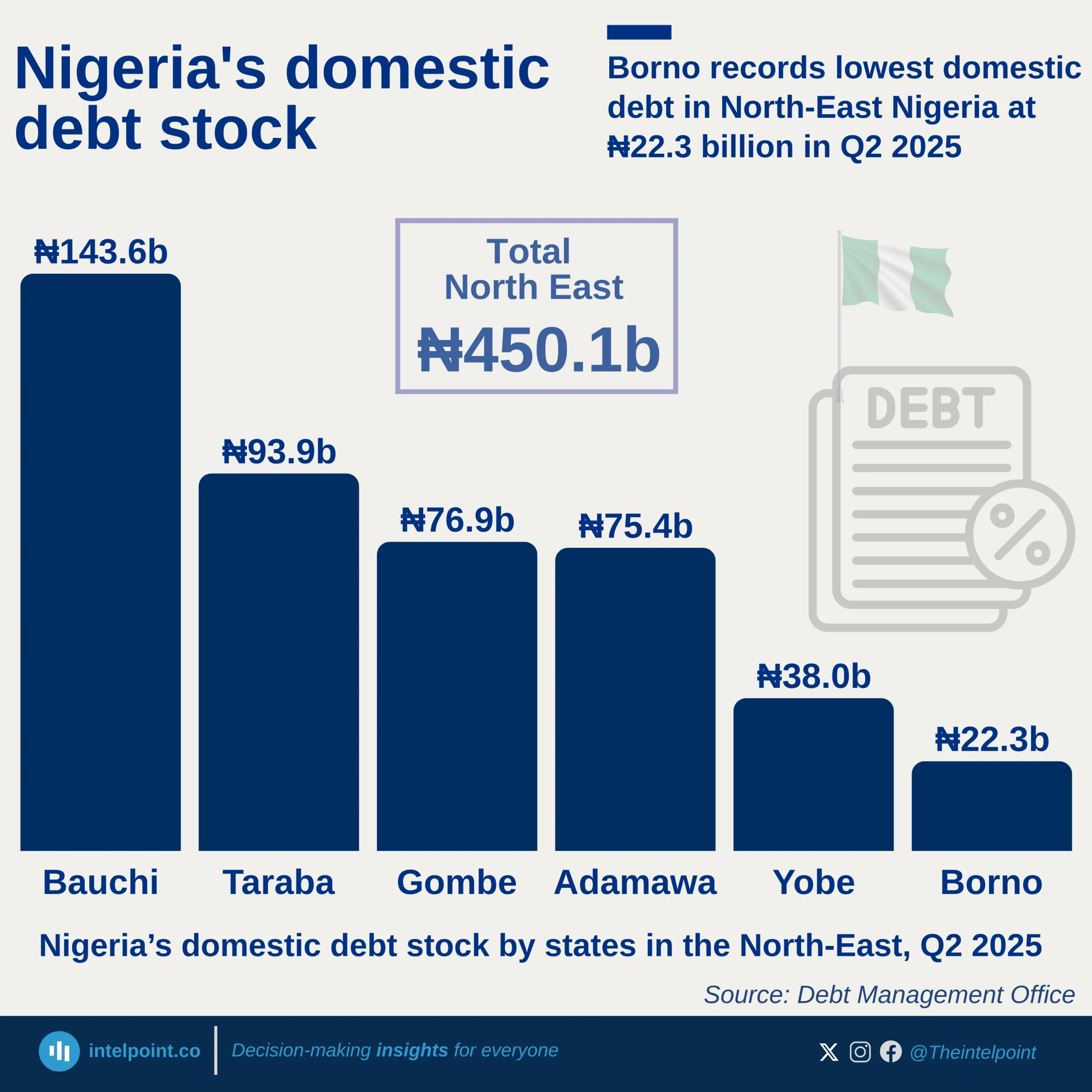In 2023, bribery was increasingly being rejected in Nigeria, with 70% of Nigerians refusing to pay a bribe when asked to. Of these, 42% cited moral beliefs as the primary reason, while 21% opted for alternative methods to achieve their objectives, reflecting a growing resistance to corruption.

